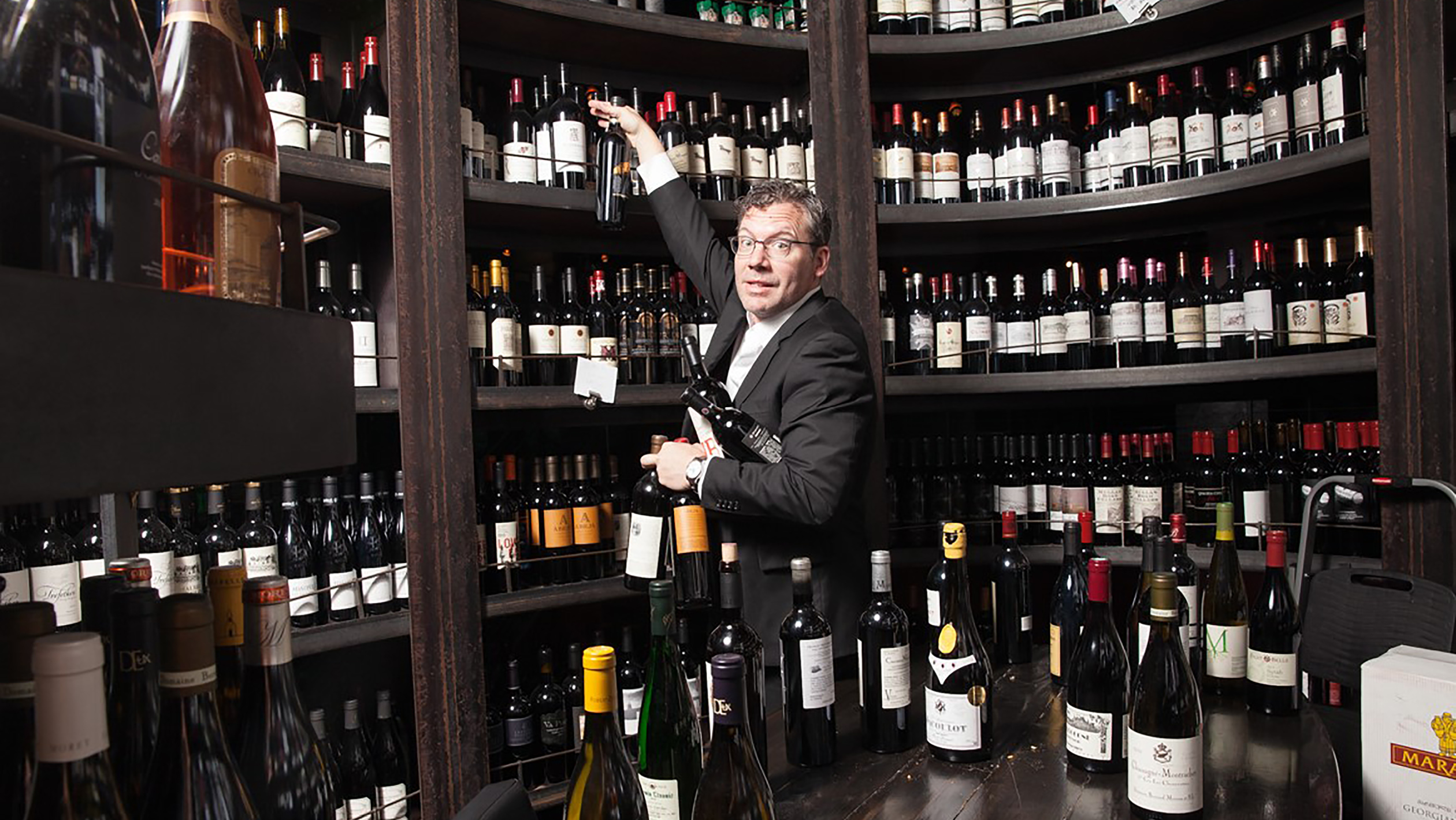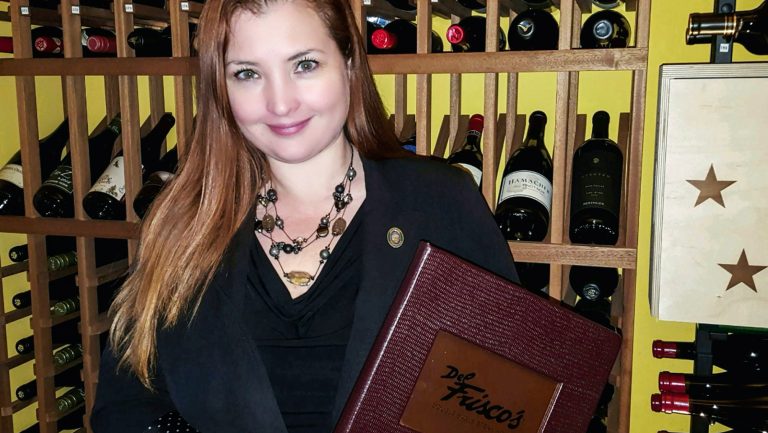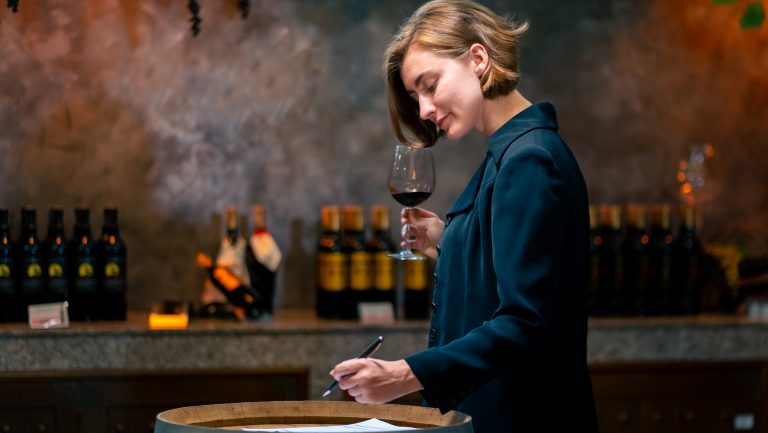Even for the most seasoned veterans, creating a wine list—whether from scratch or by reorganizing an existing list—is a challenge. Many factors must be considered, such as a venue’s location, its expected audience, and the size of the program. The needs and expectations of a customer settling into a steakhouse for dinner, for example, are quite different from those of a traveler stopping in at an airport wine bar.
The three main ways to organize wine are by region or country of origin, by varietal, and by style, though each approach has its pros and cons—and no organizational approach is perfect. SevenFifty Daily talked with wine directors around the country to learn how they organize their lists and why they chose the particular organizational structure.
Organizing Principle: Place of Origin
Classic wine lists were often organized by country and region. In the past, this might have made sense, since only a few classic regions were likely to appear on all but the most ambitious lists. These days, with wines coming from throughout the world, a list that reads like an atlas can be overwhelming. If Old World wines are listed by appellation only, guests may have trouble recalling the grape varieties and styles for lesser-known regions, like France’s Saumur or Spain’s Valdepeñas.

Don’t miss the latest drinks industry news and insights. Sign up for our award-winning newsletters and get insider intel, resources, and trends delivered to your inbox every week.
At Del Frisco’s Double Eagle Steakhouse in Washington, D.C., wine director Kristy MacDonald has organized a list that is impressive yet digestible. “Our list is 40 pages long,” she says, “so we need to have a really easy way to navigate it.” For example, California Chardonnay gets its own page; within each category, wines are organized alphabetically by producer, not by price. Says MacDonald, “That way our verticals are together, as well as having entry-level and single-vineyard wines from the same producer next to one another.”
The Del Frisco’s list starts in California before covering the rest of the United States and the New World; then it heads to the Old World. MacDonald finds that most of her guests at the classic American steakhouse tend to order New World wines, which led to her decision to organize the list that way.

Bern’s Steakhouse in Tampa, Florida, is another restaurant that organizes its list by place. Long an icon in the wine world for including a vast and idiosyncratic selection at a time when that was far from the norm, the list today runs more than 180 pages and features some 6,800 wines. “We organize the list alphabetically by regions of the world, so we start in America, with Chardonnay,” explains Bern’s wine director, Eric Renaud. “We go through all our white wine, then start over with rosé, then reds.” With a list of such depth and breadth, there’s little room for description. Within the Cabernet Sauvignon section of America, for example, listings include bin number, producer, vintage, single vineyard or other designation (if applicable), winery location, size of bottle (if other than 750 ml), and price:
4623 | Araujo Cabernet 2012, Eisele, Napa | 1,200.00
7419 | Anderson’s Conn Valley Cabernet 2012, Estate Reserve, Napa | magnum | 340.00
337 | Louis J. Foppiano Cabernet 1981, Russian River | 80.00
655 | Gallo Cabernet 2013, Signature Series, Napa | 85.00
8530 | Ghost Horse Cabernet 2011, Fantome, St. Helena | 3,000.00
For wine neophytes, the list is no doubt daunting. But sommeliers are always on hand to help guests navigate it. The organizational philosophy, developed by founder Bern Laxer, does have an element of customer friendliness, Renaud says. “I would guess it was for the ease of people in the 1970s,” he says, “as probably alphabetical was easiest. Even then our list was over 100 pages long.”
Organizing Principle: Grape Type
To match the modern preference for selecting wines by grape type, many lists are now organized by variety. This can make some guests feel more comfortable recognizing and interpreting their options, but it presents a new set of challenges. Some grapes produce wildly different styles of wine: Chablis and Napa Chardonnay, though linked by grape, differ markedly in their acidity levels, body, and aging regimens. Another challenge is presented when a single wine of a given variety exists on a list: Should you create a separate heading or page for your one bottle of Verdejo?
Chris Horn of the wine-focused restaurant Purple Cafe in Seattle and Bellevue, Washington, developed a 112-page wine list that is quirky, yet friendly and entertaining. The list is organized by grape, with an introduction to each one, such as the following:
SAUVIGNON BLANC
Sauvignon Blanc’s spiritual home is in the Loire Valley—not so long ago Pouilly-Fumé was the world’s textbook for what Sauvignon Blanc should look and taste like. Mineral-edged with high citrus flavors of lemon, lime and grapefruit—traits also shared by Pouilly-Fumé’s more esoteric and cerebral neighbor, Sancerre.
Then New Zealand came along—with its brash herbs and wicked mix of tropical and citrus flavors—more or less snatching the popularity crown from the French and putting the word “Marlborough” on the lips of the white wine drinking world.
But there are certainly relatively cool sites on the West Coast that express the grape’s typical flavors while often leading to a slightly richer mouth experience with the occasional use of oak, more commonly in California.
France
Henri Bourgeois ‘La Côte Des Monts Damnés’: Sancerre ’15 · 75
Domaine De Belair: Pouilly-Fumé ’15 • 46
Under the different varieties, geographical groupings often start with France. “Our list is organized by grape,” Horn says, “but one of the secret syntaxes is that it’s sort of listed ‘France first’ in most places. So it is [organized] by grape and then by country, but it also echoes France.”
This format allows Horn’s personality and preferences to shine through. He relies on creative and clever descriptions to sell wines that otherwise might get passed over on a more traditional list. “If you don’t write a passage about Cru Beaujolais, people will skip right over it,” he says. “I look at some of these blurbs as stop signs to get someone to take a look at a specific wine.”
Organizing Principle: Wine Style or Theme
Another approach to organizing a list is to group wines by style, weight, or theme. This strategy is especially popular for by-the-glass menus and shorter wine lists. The primary advantage of structuring a list in this way is that guests can find wines they’ve enjoyed before and easily locate other wines that are similar.
At Provence Marinaside, a wine-focused, French-inspired restaurant in Vancouver, British Columbia, the sommelier and bar manager Haley Mercedes offers 177 wines by the glass, ordering the choices by weight. Making sure that guests can navigate such a vast array is paramount, especially as Provence quite often does not have a sommelier or wine professional dedicated to the floor. “The list is organized by weight from lighter to fuller,” Mercedes says. “That helps the service staff navigate the list and makes it easier for guests to understand. We know we have a large list, especially for by-the-glass selections, so we want to do anything we can to make it easier.“
The same principle applies at Vino Volo, a chain of 44 airport wine bars based in Oakland, California, though fewer choices are offered. With a diverse and multilingual clientele, Vino Volo finds that listing wines by style, or theme, allows guests to navigate the menu more easily. Each section contains three or four wines that are unified by a primary characteristic. “We might have three of the same varietal from different locations, or three wines that are stylistically similar, or even showcase a specific winemaker,” says Britney Brennan, the general manager of the Vino Volo in Logan (Boston) Airport’s Terminal E. A typical section of the could feature a progression of white wines by weight, for example:
Shades of White
Sauvignon Blanc | Makara, New Zealand, Marlborough 2013 | $11
Chenin Blanc | Dry Creek Vineyards, California, Clarksburg 2013 | $9
Chardonnay | Hill Family Estates, California, Napa Valley, Carley’s Cuvee 2011 | $14
Taste all three | $11
Just as there is no one perfect formula for a restaurant, the same holds true for a wine list. The primary organizing principles of place of origin, grape type, and wine style can be nested in numerous variations, such as grouping wines first by region and then by style, or by variety and then by weight. As long as the list is organized consistently, and lists each product’s relevant details, it’s up to the wine director to choose the format that he or she believes will work best.

Dispatch
Sign up for our award-winning newsletter
Don’t miss the latest drinks industry news and insights—delivered to your inbox every week.
Zach Geballe is the sommelier at Seattle’s iconic Dahlia Lounge, the flagship of Tom Douglas Restaurants. He is also the wine educator for the Tom Douglas group, a freelance wine and spirits writer, and the host of the wine-focused podcast Disgorged.







